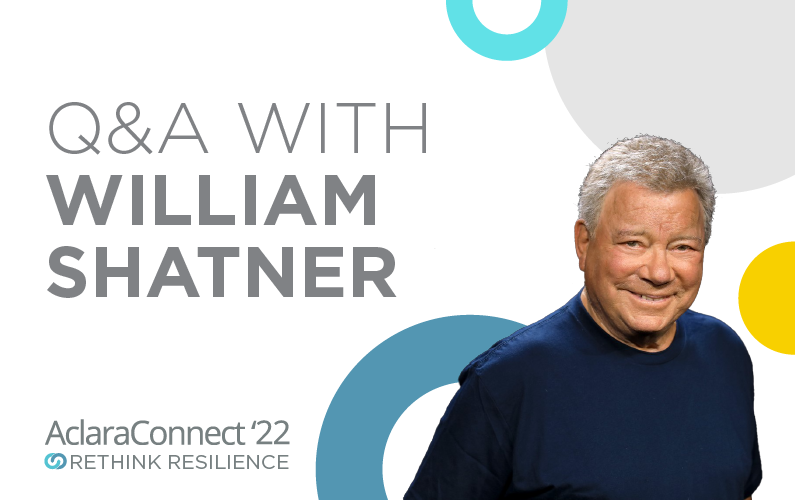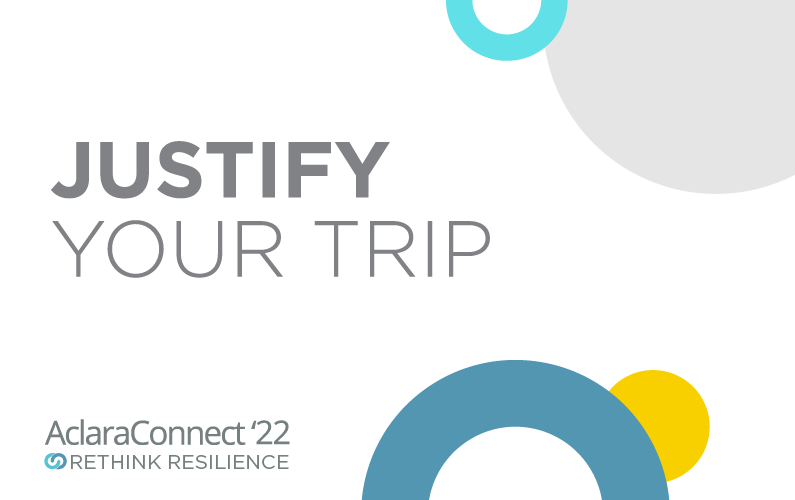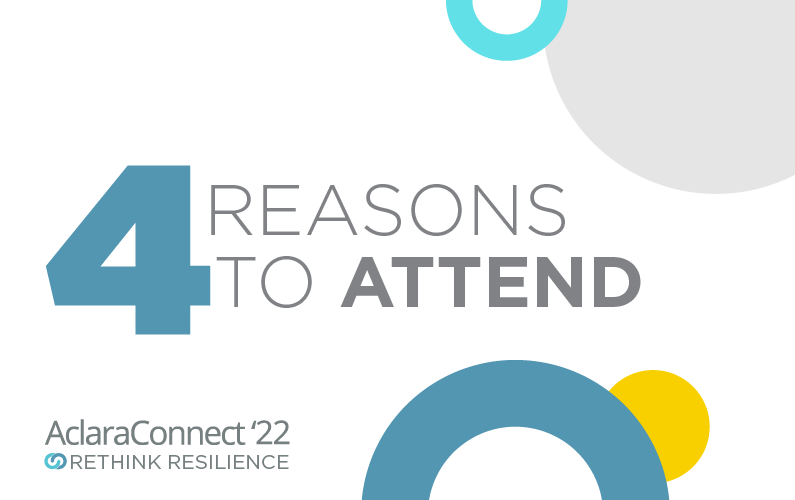
Halloween is the time of year when thoughts turn to ghosts, goblins, candy, and scary movies. But nothing is scarier for an electric, gas, or water utility than not being prepared for the future. Let’s look at three Spooktacular trends that are haunting utilities now.
Hair-Raising Resiliency Concerns
For utilities, the concept of resilience centers around the ability to maintain a healthy infrastructure. The National Association of Regulatory Utility Commissioners (NARUC) defines resilience as, “robustness and recovery characteristics of utility infrastructure and operations, which avoid or minimize interruptions of service during an extraordinary and hazardous event.” The ability of an electric, water and gas utilities to recover from outages, storms, and natural disasters that affect resiliency is top-of-mind with utility leaders today.
There are a few steps that utilities can take to make their infrastructures more resilient. According to consulting firm ICF in an article for Greentech Media, these steps include:
1: Smartening the grid with technologies like advanced metering infrastructure; automatic outage detection and service restoration; sensors and controls on the distribution system to enable rapid detection; and isolation and restoration of service at the circuit and substation levels.
2: Hardening electric, gas, and water infrastructure to protect it from storms, winds, and other natural disasters can improve resiliency. These efforts can include deployment of smart grid technology on electric networks or building gas infrastructure to account for redundant supply.
3: Building resiliency in electric utilities by distributing or increasing generation resources, ensuring the resources to meet peak demand or keep the power on if power plants are damaged or put out of commission. Examples of distributed generation extend from utility-owned resources for peak-power generation to individually owned generators.
4: Improving resilience by controlling demand at the customer level, either through control of appliances through demand response programs or by encouraging energy-efficiency programs at the consumer level.
Aclara solutions – smart grid sensors, advanced metering infrastructure (AMI), and consumer engagement software – contribute every day to building resiliency into electric, water, and gas distribution systems. Check out these case studies to find out two utilities used technology to improve resiliency.
- The New York Department of Environmental Protection’s AMI system stood up to Hurricane Sandy, losing contact with only 2,000 of 820,000 meters during and after the storm and providing critical information to city agencies.
- UK Power Networks uses smart grid sensors and a ground-breaking algorithm to battle transient faults on overhead circuits, allowing exact pinpointing of faults and reducing the time it takes to repair them.
The Challenging Goblin of Distribution Automation
In the last decade, distribution automation (DA) technologies have grown in importance to utilities. Identified first by the Electric Power Research Institute in its Intelligrid project, DA seeks to enhance power system reliability through automation of distribution operations.
DA programs usually revolve around using intelligence in the form of devices such as reclosers, automated feeder switches, capacitor banks, voltage regulators and smart grid sensors to gain near-real-time data about events on the distribution. The data is analyzed to help utilities control distribution operations
The challenge for utilities is that there is no roadmap for successful implementation of DA. In fact, utilities have to date taken a piecemeal approach to DA, focusing on best-of-breed point solutions that are not well-integrated.
“Many organizations are doing catch up with their DA solutions, and, as a result, have a lot of different solutions. There is an opportunity for them to consider a more comprehensive approach.”
— Allan Connolly, President, Aclara
A recent study completed by Zpryme, Today and Tomorrow: The Distribution Automation Ecosystem, takes a closer look at the state of DA today and makes recommendations on how a DA ecosystem can have maximum impact in terms of reduced line loss, optimal energy use and deferred capital expenses.
Major findings of the study include:
- 90% of survey respondents believe DA is critical for grid modernization
- 42% of utilities are deploying DA technologies incrementally as they offer value
- Utilities expect future DA applications to be important in distributed renewables (79%), energy storage integration (75%), electric vehicle (EV) infrastructure (74%) and microgrid integration (73%)
- 21% of utilities say that their DA applications are extremely or very well integrated
- Less than 30% of utilities feel that communication networks are well prepared for a DA future
To learn more, download the report from Zpryme.
Eerie Shift to Performance-Based Regulation
Traditional electric and gas utility business models are based on the idea that demand for resources continues to climb, with profit driven by returns on the operation of capital investments such as power plants. Performance-based regulation turns this model on its head, instead of rewarding utilities that deliver an efficient, reliable, and clean power system.
Thirteen states are moving forward or considering PBR. Plus, according to a recent report by Utility Dive, the 2018 State of the Electric Utility, over 75% of utilities would like PBR to form at least part of their rate cases, and 32% prefer PBR-based models.
So, don’t let the ghouls and ghosts of utility trends catch you unprepared. Keep up with the trends and exorcize those menacing demons of unpreparedness that could hold back your utility.



